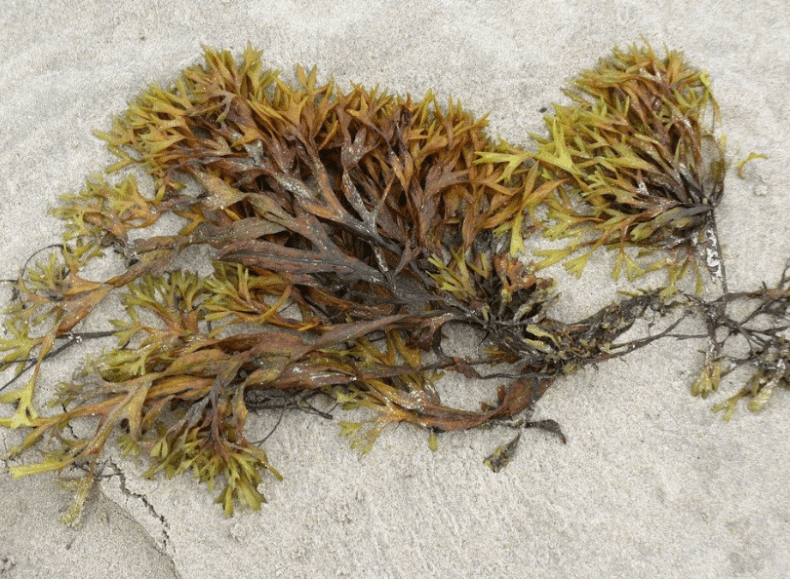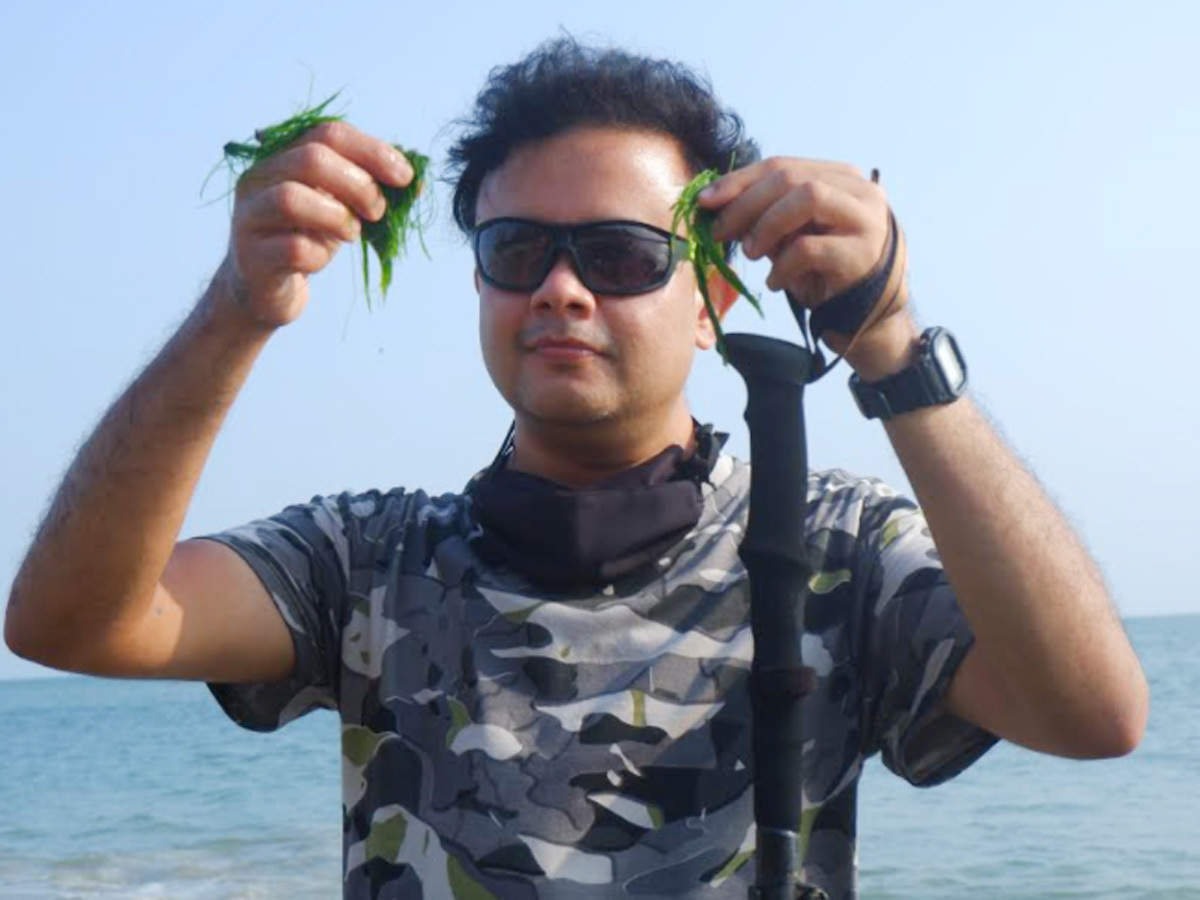A group of marine biologists from the Central University of Punjab, Bathinda (CUPB) have discovered new seaweed species that mostly grows in the intertidal region of the coast. They are spread across the Gulf of Mannar’s rocky intertidal and lower intertidal regions. The coastline of India stretches over 7500 km, the genus ‘hypnea’ comprises calcareous, erect, branched red seaweeds are found in the areas that are submerged during the high tides and exposed during low tides. We report altogether out of 61 species of which 10 in India and with these two newly discovered species now they make 63 species of these seaweeds.

‘Hypnea indicia’ was discovered in Kanyakumari in Tamil Nadu, Somnath Pathan and Sivrajpur in Gujarat. Whereas ‘hypnea bullata’ was discovered in the Kanyakumari and Diu island of Daman and Diu. These are the primitive, marine non-flowery marine algae, without root, stem and leaves. They play a major role in maintaining the marine ecosystem. Large seaweeds form dense underwater forests known as ‘kelp forest’, which acts as underwater nurseries for fishes, snails and sea urchins.
In 2018, they carried out the field sampling and research process, and they undertook it as a part of SERV- a core research grant awarded by the Department of Science and Technology.
Pushpendu Kundu, a fifth-year doctoral student at CUPB and co-author of the study said, “the challenges while collecting the samples wereplanning visits to these sites coinciding with low tides, apart from scanning beaches and seas for long distances, sometimes about 100 km. We applied morphology with DNA bar-coding technique to confirm the novelty of these two species”.
Bast, an associate professor, HoD of Botany at CUPB said, “These species were not abundantly found but were growing in isolated patches, mainly in the intertidal region of the sea. The region near the Pamban Bridge is an epicenter of algae and needs to be studied further.” He further told about the commercial value of these seaweeds. “The hypnea variant of seaweed can fetch a good monetary value. We can use them as fertilizers and to increase agricultural production, it can be buried in beach dunes to combat beach erosion, even in the cosmetic industries IT is widely used as major ingredient.”
Last, Bast added, “There is a great potential and a need for creating an eco-system – where farmers and we scientifically train the fishing communities in seaweed cultivation”. The concept of blue economy, newly proposed in India on a wider scale as a solid medium for improving utilization of ocean resources, can incorporate the use of seaweeds to achieve these sustainable goals. The Ministry of Earth Sciences is currently drafting this policy.
Writte By – Jeet Sandhu

